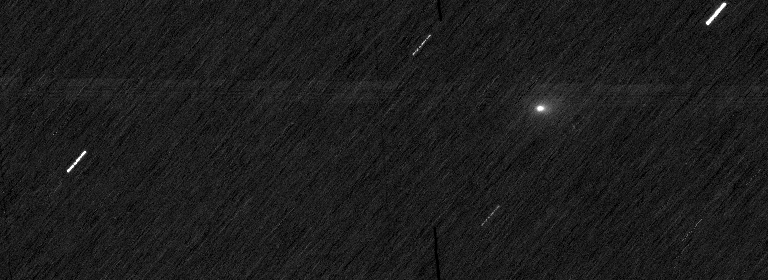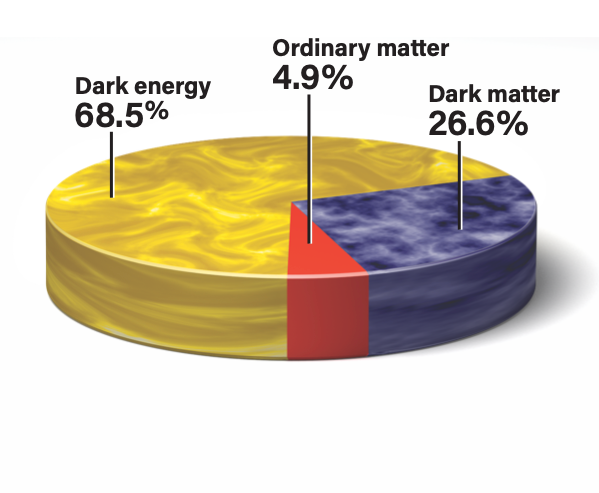Key Takeaways:
On April 13, 2029, Apophis will pass 22,600 miles (36,350 kilometers) from Earth — so close it skirts the belt of orbiting geosynchronous satellites and will be visible to the unaided eye as a moving, magnitude 3.3, starlike point. Astronomers estimate the space rock is 1,050 feet (320 meters) across and has a striking power equivalent 850 million tons of TNT, or more than 4 times the energy released when the Indonesian volcano Krakatoa erupted in 1883.
Still, while Apophis probably won’t strike Earth in the foreseeable future, the asteroid will not be the same after its close encounter with our planet in 2029. Earth’s gravity and the tidal forces exerted on Apophis will change it in several ways — a cosmic makeover.
First, the asteroid’s orbit will be significantly altered. As things currently stand, Apophis belongs to the Aten group of asteroids, which circle the Sun inside Earth’s orbit. After April 13, 2029, the rock’s orbit will have changed enough to place it in the Apollo class — asteroids that actually cross Earth’s orbit.
Second, the encounter with Earth will significantly alter the object’s rotation rate. Recent calculations by a team led by Daniel Scheeres of the University of Michigan indicate that tides raised in Apophis by Earth’s gravity could result in a lengthening of the asteroid’s present 30-hour “day” by as much as 27 hours; a speed-up is also possible. The 2029 encounter will provide astronomers with their first chance to watch the disruption of an asteroid’s spin state.
According to Scheeres and others, such as Dan Durda of the Southwest Research Institute, the tidal forces will strain the asteroid, causing “localized shifts” — asteroid quakes — on its surface and within its interior. If the asteroid has a lower density — less than half that of water — than astronomers now think, Apophis could be either reshaped or completely disrupted.
Apophis is the Greek name given to the Egyptian demon Apep, who was the enemy of light and order, the personification of evil and chaos. Depicted as a giant snake, Apophis/Apep attacked the Sun god Ra as he made his way through the Egyptian underworld during the evening hours. Solar eclipses were thought to be Apep’s few daytime attempts to swallow Ra, who always succeeded in cutting his way out of the snake’s belly. As the enemy of Ma’at, the ancient Egyptian concept of order and law, Apep represented chaos.
However, mythology may not have been the only consideration in naming Apophis. Codiscoverers Dave Tholen and Roy Tucker are fans of the TV series Stargate SG-1. The show’s most persistent villain is Apophis, an alien also named for the Egyptian god. “We considered a number of names, but ‘Apophis’ kept floating to the top,” says Tucker. “Apophis was a very fitting name for 2004 MN4 not only because of its threatening nature, but also because of its evolution from an Aten asteroid to an Apollo asteroid during the 2029 encounter.”
Whether inspired by mythology or science fiction, the name seems appropriate for an object that continues to change the way astronomers think about asteroids and planetary protection.










